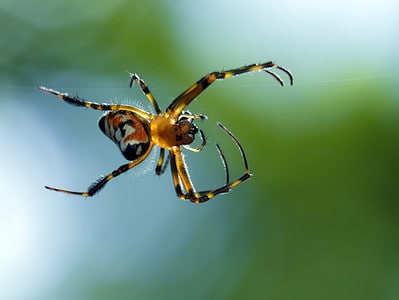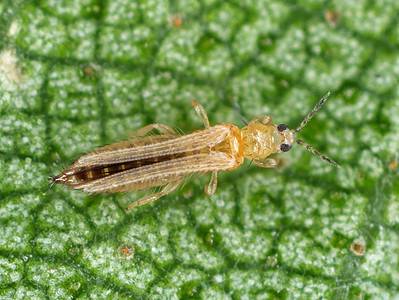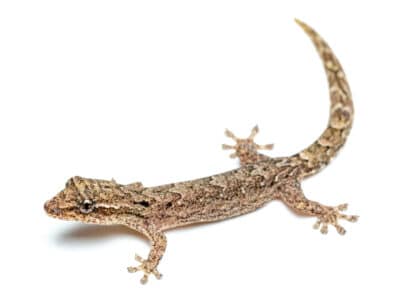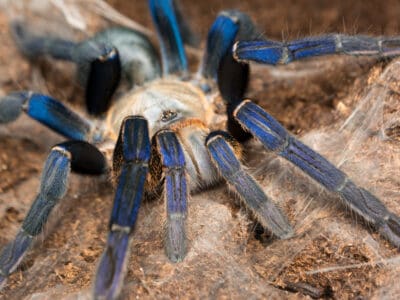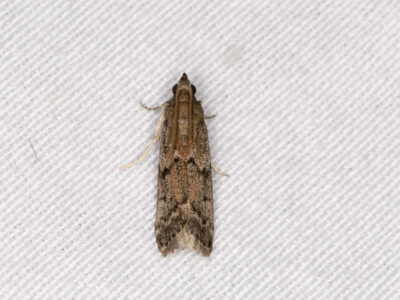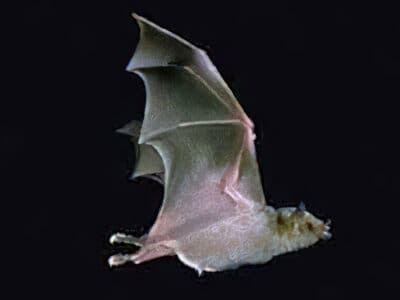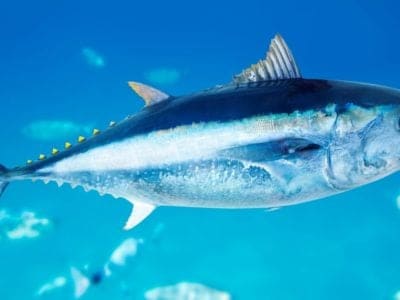Reef Shark
Grey reef sharks can give birth without males
Advertisement
Reef Shark Scientific Classification
Read our Complete Guide to Classification of Animals.
Reef Shark Conservation Status
Reef Shark Facts
- Prey
- Bony fish, octopus, squid, rays and stingrays, sea lions, marine iguanas, trash, shrimp and crabs
- Group Behavior
- Solitary/Group
- Fun Fact
- Grey reef sharks can give birth without males
- Estimated Population Size
- Tens of thousands, but populations are declining
- Biggest Threat
- Habitat destruction, pollution, overfishing
- Most Distinctive Feature
- Their beauty
- Other Name(s)
- Blunt head shark, light-tip shark, whitetip shark, reef whitetip shark, blacktip shark, black-finned shark, blackfin reef shark, reef blacktip shark, guliman, black-vee whaler, bronze whaler, Fowler's whaler shark, graceful shark, graceful whaler shark, school shark, longnose blacktail shark, shortnose blacktail shark
- Gestation Period
- 7 to 14 months
- Optimum pH Level
- 8.1
- Habitat
- Coral reefs, lagoons, mangroves, grassy sea bed
- Predators
- Humans, other sharks
- Diet
- Carnivore
- Type
- Fish
- Common Name
- Reef shark
- Number Of Species
- 5
View all of the Reef Shark images!
The term reef shark refers to five species of shark that live in coral reefs around the world.
These are requiem sharks, which means that they give live birth, are migratory, and have good eyesight that helps them hunt at night. Though they can grow rather large, they’re not considered especially dangerous to humans.
Four Incredible Reef Shark facts!
- Caribbean sharks can turn their stomachs inside out in order to clean them of detritus and parasites.
- Grey reef sharks have a dramatic threat display. The shark tilts up its nose, drops its pectoral fins, hunches its back and swims in a stiff, jerky way. Interestingly, it doesn’t do this with members of its own species but restricts the display to potential predators.
- Female whitetip reef sharks have a working ovary on the left and two uteri. Female blacktip reef sharks have two uteri and a working ovary on the right.
- Reef sharks are placental animals, which is unusual in a fish.
Reef Shark Classification and Scientific name
These sharks belong to the Carcharhinidae family. This family was named after the dangerous teeth of its members, for karcharos is Greek for “jagged or sharp,” and rhine is Greek for “rasp.” Four of the sharks belong to the Carcharhinus genus though the whitetip belongs to the Triaenodon genus. Triaenodon means “trident tooth” in Greek. The shark’s scientific name is Triaenodon obesus, which is odd because obesus means “fat” and the shark, like its cousins, is sleek and torpedo-shaped.
Reef Shark Species
The sharks that belong to the Carcharhinus genus are Carcharhinus perezi, the Caribbean reef shark; Carcharhinus galapagensis, the Galapagos shark; Carcharhinus melanopterus, the blacktip reef shark and
Carcharhinus amblyrhynchos, the grey reef shark.
Reef Shark Appearance
Reef sharks have the classic shark look about them. They have fusiform bodies, their snouts are blunt and rounded, and they have mouths full of very sharp, triangular, or sickle-shaped teeth. They have large, round or oval eyes, a mouth found underneath the snout, pelvic fins, a prominent dorsal fin that may be tipped with white or black, and five gill slits. They are brown or brownish-gray, though the grey reef shark has a bronzy sheen if it’s seen close up. Their undersides are white.
The smallest of the sharks is the whitetip, which doesn’t grow much past 5 feet in length with a weight of 22 pounds. The largest in size is the Galapagos shark, which can grow to 11 feet in length with a weight of 430 pounds.
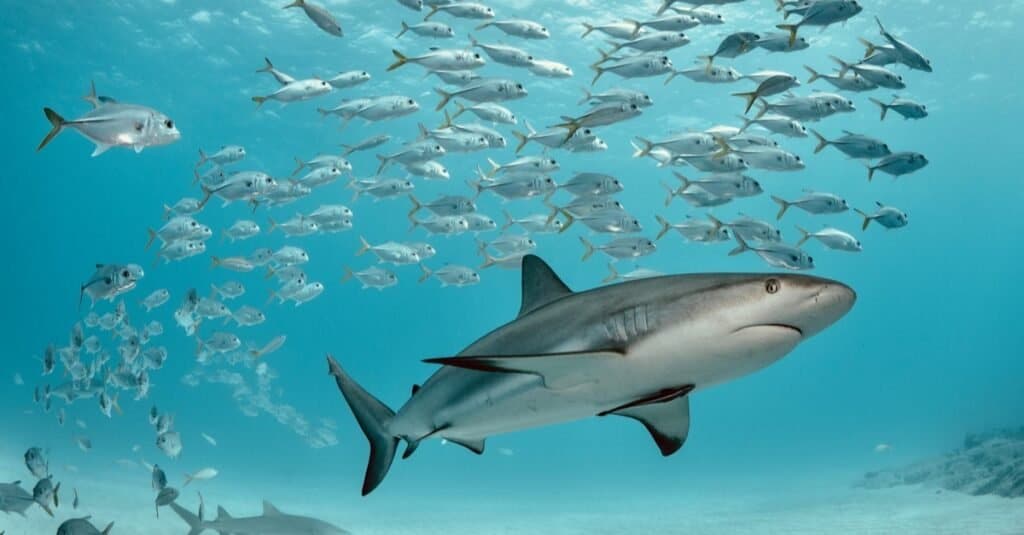
©Maui Topical Images/Shutterstock.com
Reef Shark Distribution, Population, and Habitat
These sharks are found in waters around the world. Indeed, the Galapagos shark is not just found off the Galapagos Islands but in Polynesia, off of eastern Australia and Baja California, around the Virgin Islands and Bermuda, off Madagascar and Cape Verde. The whitetip reef shark is found in the Indo-Pacific region and as far as South Africa and Central America. The grey reef shark is found in Oceania, around South Africa, and all the way to Easter Island. The Caribbean reef shark has the smallest range of the sharks, as it is indeed found in the Caribbean and off the coast of South America. The blacktip is also found in the Pacific and Indian Oceans and off the coasts of Australia and East Africa.
Studies have found that reef sharks have been extirpated from some coral reefs, and though there’s not a precise number of reef sharks, they have been shown to be in decline.
Reef Shark Predators and Prey
Adult reef sharks are often the apex predator wherever they live. However, young sharks are always part of the diet of bigger sharks, even if those sharks are conspecifics. This is why baby sharks are often found in the safety of shallow waters and why they tend to travel in groups.
Still, the reef sharks are not the world’s largest sharks, and they can be preyed upon by larger sharks such as tiger sharks and hammerheads. Killer whales also see reef sharks as prey. Of course, humans are the main predators of reef sharks and take them for their meat, fins, and the oil of their liver. Their hides are also used for leather.
The sharks are also subject to parasites such as tapeworms, flatworms, copepods, isopod larvae that infest their gills, and Myxosporea. They are also sickened by bacteria that cause salmonella. Some of these sharks eat garbage tossed into the ocean, which may be dangerous for their health.
Reef Shark Reproduction and Lifespan
Mating in these sharks is rather fraught. Males, attracted by pheromones, follow females and try to hold them down, largely by biting them. It’s not unusual for a female to be assailed by more than one male at a time. Fertilization is internal, and after the embryos use up their yolk, they receive nourishment through a placenta. Reef sharks are pregnant for a surprisingly long time, as long as 14 months. They give birth to one to 16 pups. The bigger the female is, the more babies she has.
The lifespan of the shark depends on its species. Galapagos and grey reef sharks can live for 24 years or longer. Whitetip females live for 19 years while males live for 14 years. Blacktip sharks can live for 13 years, and Caribbean sharks live for 14 years or longer.
Reef Shark in Fishing and Cooking
Conservationists warn against eating shark meat and especially avoiding soup made out of their fins. However, shark meat is sold fresh, salted, smoked, or turned into jerky. Their liver oil is also used for health reasons.
Reef Shark Population
The reef shark population is declining, dramatically in some places. The conservation status of the sharks are:
- Caribbean: Endangered
- Grey: Endangered
- Whitetip: Vulnerable
- Blacktip: Vulnerable
- Galapagos: Least Concern
Reef Shark FAQs (Frequently Asked Questions)
Where are reef sharks found?
They are found in the oceans around the world, mostly in coral reefs. They prefer water that is shallow and crystal clear.
What species is a reef shark?
There are five species of a reef shark. They are the Caribbean, the whitetip, the blacktip, the grey, and the Galapagos shark. All belong to the Carcharhinus genus save the whitetip reef shark, which belongs to the genus Triaenodon.
What sharks are reef sharks?
The sharks that are considered reef sharks are the Caribbean reef, grey reef, whitetip reef, blacktip reef, and Galapagos sharks.
Do reef sharks attack humans?
Reef sharks are not extremely dangerous, but they’ve been known to attack humans, either inadvertently when trying to steal a fish off of a spearfisherman or deliberately when their threat displays are ignored.
Do reef sharks eat jellyfish?
Jellyfish don’t seem to be part of the diet of these sharks. They prefer bony fish and cephalopods such as octopus followed by marine crustaceans.
What are the key differences between bull sharks and reef sharks?
The key differences between bull sharks and reef sharks are appearance, size, habitat, predator, prey, reproduction, and lifespan.
Thank you for reading! Have some feedback for us? Contact the AZ Animals editorial team.
Sources
- Shark Sider, Available here: https://www.sharksider.com/blacktip-reef-shark/
- Integrated Taxonomic Information System, Available here: https://www.itis.gov/servlet/SingleRpt/SingleRpt?search_topic=TSN&search_value=160413#null
- Australian Institute of Marine Science, Available here: https://www.aims.gov.au/news-and-media/first-ever-global-survey-reef-sharks-reveals-widespread-decline
- Florida Museum, Available here: https://www.floridamuseum.ufl.edu/discover-fish/species-profiles/carcharhinus-perezi/
- Oceana, Available here: https://oceana.org/marine-life/sharks-rays/whitetip-reef-shark
- WWF, Available here: https://www.wwfca.org/en/species_and_places/reef_sharks/








